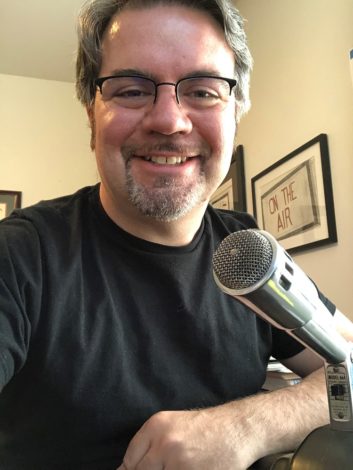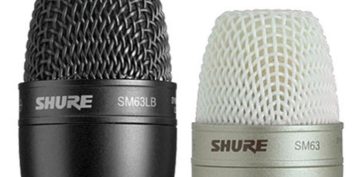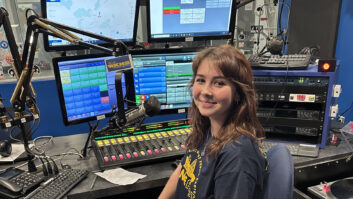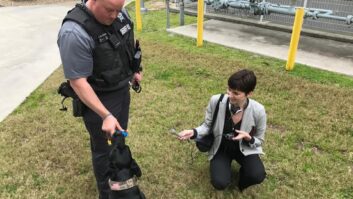
This is one in a series of interviews with people who work in and around radio about the kinds of mics they love and why.
Rob Bertrand is senior director of technology for WAMU 88.5 in Washington.
Radio World: What is your personal favorite for radio on-air work, and what sets it apart for you?
Rob Bertrand: The Shure SM7B is one of the most versatile microphones out there that is hard to make sound bad. Its low-level output corrects for so many room distortions and background noise issues and it has a great balance of simultaneously sounding warm and crisp.
We use the Neumann BCM 104 in our host positions when we’re in the studio because it sounds consistent alongside the higher-end condensers found throughout NPR programming.
There is no presence effect so it is very forgiving of hosts who tend to operate from quite a distance of the microphone, however, it does require a very quiet studio to sound clean.
RW: What about remote work or other specialty applications?
Bertrand: We’re using a lot of SM7Bs in home setups right now, sometimes with external mic pres, because they are so forgiving of their environment. The SM58 is always a solid go-to for on-air and live usage.

My interview favorite will always be the Shure SM63LB.
RW: For someone making a microphone decision, any tips to share or common misconceptions to dispel?
Bertrand: Start simple. Use your ears. Be clear for yourself about what you’re trying to achieve, then go out and get different opinions.
In trying to find a new standard field reporter microphone for WCBS in the mid-2000s, I ordered about a dozen different handheld mics. I went out to different environments throughout New York City and recorded with them, wanting to find a nice presence for the subject but sensitive enough to provide reasonable nat sound.
We eventually landed on the SM63LB, which despite being omnidirectional, sounds great when used up close in an interview, with little-to-no handling noise. It gave WCBS a nice kick to its long-time field sound, enabled us to roll out a consistent mic, and gave the reporters an easy tool for recording better audio in the field.
As we deployed digital recorders and laptops, this enabled the station to provide a whole new level of rich audio to its listeners — whether listening on AM, HD, or streaming.
In my public radio life today, we have the time and ability to use more resources and a wider variety of microphones to deliver that polish, but I’ll always remember working with a team of reporters and news management to make that decision about the singular SM63LB for our reporters. I think it’s what they are still using today and it was a team decision based entirely on listening tests.
I think you want something that’s easy to use, holds up to the abuse of daily life, and is versatile in different situations. Marketing materials can help set you in the right direction, but you’ve really got to do the work of testing and listening to know for sure what sound you are crafting.
Read more of Radio World’s coverage of microphones.






